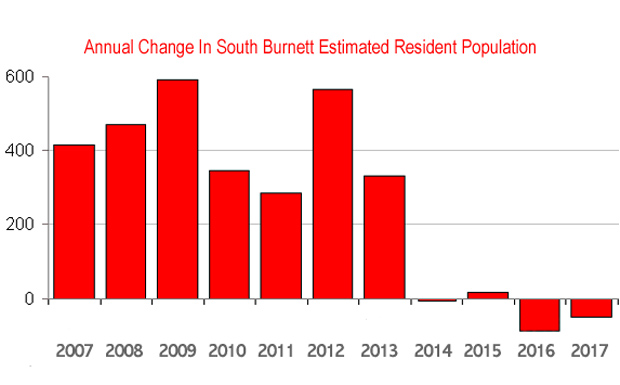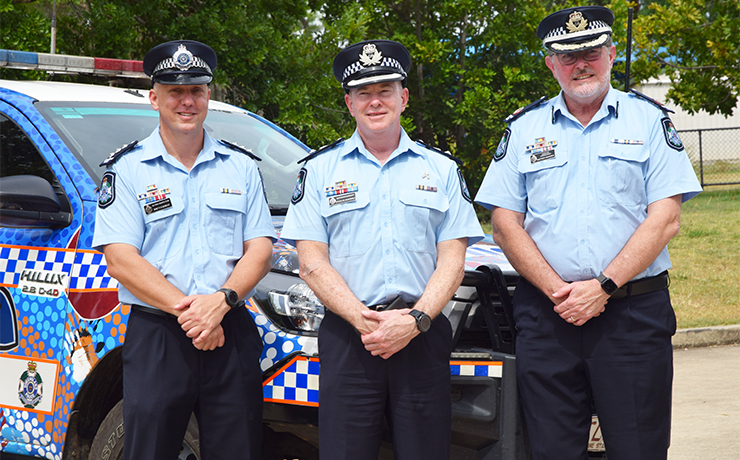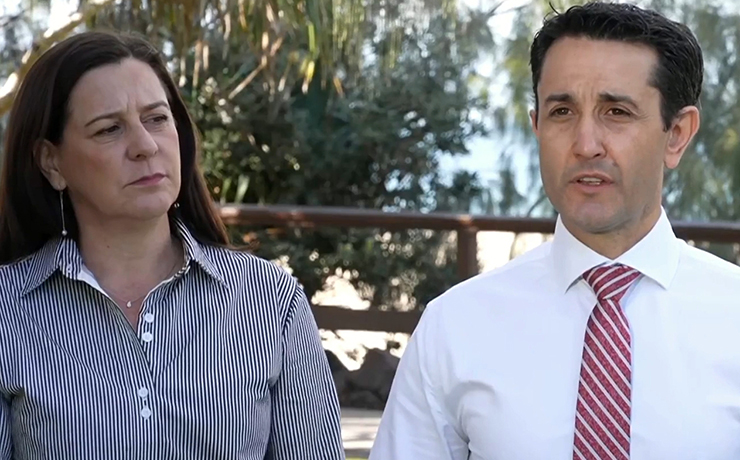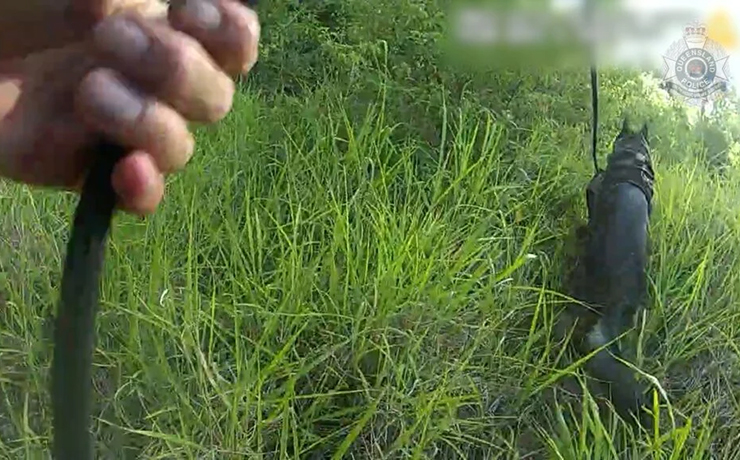
October 3, 2018
by Dafyd Martindale
After more than 13 years of growing by an average 1.3 per cent per annum, the South Burnett’s population has gone into decline since 2014, according to Australian Bureau Of Statistics data.
There are now 124 fewer people in the region than there were four years ago, with the South Burnett’s population dropping from 32,699 in mid-2013 to 32,574 by June last year.
This is well below the anticipated 33,759 to 36,164 regional population the State Government was forecasting in 2009.
It is also a trend none of our neighbours shares.
The same ABS data shows that Somerset, Toowoomba, Western Downs, the North Burnett and Gympie council areas have all experienced population growth of between 1.7 per cent and 5.3 per cent during the same four years.
The reasons for the region’s population decline are unclear, but one possibility is the South Burnett is being impacted by the same “demographic bubble” that has been causing the populations of some Brisbane suburbs to decline over the past five years.
Brisbane’s population is estimated to have expanded by 23.7 per cent between 2006 and 2016, with the populations of some high-rise suburbs such as South Brisbane, Hamilton, Newstead and Fortitude Valley surging as much as 52 per cent.
But other Brisbane suburbs – such as Riverview, Woodridge, Kenmore, Alexandra Hills and Slacks Creek – have had population declines of between 1.1 per cent and 8.7 per cent over the past five years.
Demographers believe the root cause of these declines is they all have an ageing population, which leads to a large number of single-person households.
Nearly 20 per cent of residents at Riverview are aged over 65 years, ABS data shows, and other declining Brisbane suburbs are similar.
In the South Burnett, 22.9 per cent of residents were aged over 65 in 2016.
This compares with 18.66 per cent in 2011, 16.11 per cent in 2006 and 13.9 per cent in 2001.
The number of single-person households in the region also grew from 23.75 per cent in 2001 to 28.22 per cent in 2016, a net increase of more than 1000 homes.
Population decline is important because it affects regional economies.
For example, councils do not have a growing base of ratepayers across which to spread costs, so the impacts of rate rises on individual households steadily gets stronger.
Local businesses have fewer customers to sell to, which in turn limits their ability to create jobs. And, in some cases, it can force them to close their doors.
And since many State and Federal government services are funded based on population, a declining population base can lead to cutbacks in government funding and fewer services, not more, if the decline isn’t halted.
- External link: South Burnett population data























The council must look at “selling” the Burnett to large companies to have their regional base here. With other areas being able to steadily increase around us cheap land is our best asset to sell and create more jobs for families. I’m really sad to see the stats and the lack of urgency in addressing the flow-on impacts of a declining population.
I agree. I’ve always assumed we were growing at half the Queensland average the same way we’ve done for decades, so seeing this information is a shock. What is council doing about this?
I tend to agree with this statement as an underlying cause for population decline…. “Demographers believe the root cause of these declines is they all have an ageing population, which leads to a large number of single-person households”.
With the South Burnett’s being higher-than-State average in the older population age group, perhaps relying solely on Council to fix this is like hoping Santa brings me a new car or a six-star nursing home (as I’m quickly approaching this age grouping! :) )
It would be my observation from recent social media posts that there is not an appetite by ratepayers to pick up the extra cost for more promotional costs for the region, just like there wasn’t for roads.
Perhaps our sights should be set higher – at the State and Federal Governments, and to also examine objectively whether our relationships between existing business and industry and potential investors are returning the investment we want or hope for.
With Council being great at regulation, I think this is more an opportunity for other relationship builders across community, business and industry with potential financial backers to work on.
I agree Council would be a partner, but with their income being derived by rates…”I refer you to the wide ranging social media comments about the last budget!” as probably a reason why they can’t really resolve this easily.
What a difference increased water storage would make to attracting growth!
I’m also keen to understand the rental shortage cause in Kingaroy at the moment?
Establish high-speed rail. A bullet train to open up the beautiful South Burnett to the overcrowded south-east Queensland. Developers wrongly assume we all want to live like battery hens in high-rise units.Not everyone wants to sit on the tenth floor with nothing to see but blue sky and birds flying by the window. With fast access, people could still whizs down to the city and back in airline-like comfort. The only thing stopping people going west is the perception they may be isolated by distance. (Who would want to live in Logan City if they had a choice?).